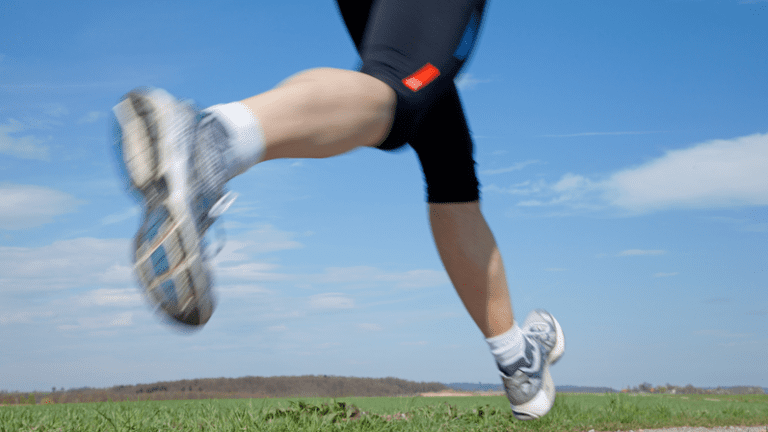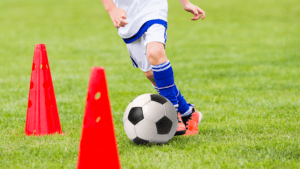Developing a quiet foot strike
The next time you head out for a run, listen to your feet. What do they sound like? Can you hear them slap the ground?
A loud foot strike is inefficient for several reasons:
1. It causes extra strain on joints and bones.
Running with good form on a flat surface requires a runner to absorb the impact of 2.5 times of his or her bodyweight with each step. A loud foot strike is sloppy, that means the load rate is higher. Do the math, that’s a lot of weight for your joints and bones to absorb.
2. It indicates wasted energy.
Runners want the majority of their energy moving them forward, not to the side or down into the ground. A loud foot strike is the sound of energy going into the ground, almost like a brake.
3. It demonstrates a lack of muscle control.
Runners want to engage multiple muscles throughout the entire stride. A loud foot strike means a runner is letting gravity pull his or her leg to the ground. That may sound efficient, but it means fewer muscles are engaged, so the ones that are, the glutes and quads, have to do more work and fatigue more quickly.
4. It often means a runner is over-striding or heel striking.
Efficient runners stay near the ground with a quick cadence and land near their center of mass for a low impact rate.
Luckily, developing a quieter foot strike is pretty simple, although it may take a little time to master. The best way to improve the efficiency of your foot strike is to listen to your feet.
Three quiet feet drills:
1. March
Marching mimics the running movement. Before your next run, march for a block, listen to your feet. Turn around and march back, this time march as quietly as you can. What do you do to quiet your feet? Slow down and concisely place your feet on the ground.
2. Skip
Skipping exaggerates the running movement. After you march, skip for a block, listen to your feet. You guessed it, turn around and skip back with quiet feet. How do you control your foot strike? Slow down and engage your hamstrings and glutes as you strike the ground.
3. Run
Go run and listen to your feet, try to run as quietly as possible. Take short light steps. You may notice that when you get tired, your feet get louder. As you build strength, it will be easier to maintain a quiet foot strike
How useful was this post?
Click on a star to rate it!
Average rating 4.4 / 5. Vote count: 25
No votes so far! Be the first to rate this post.



